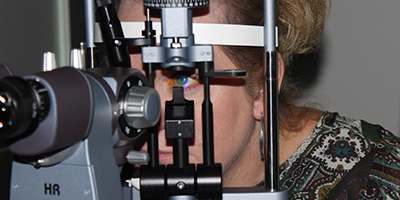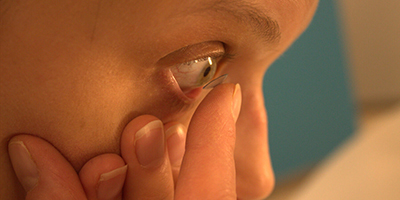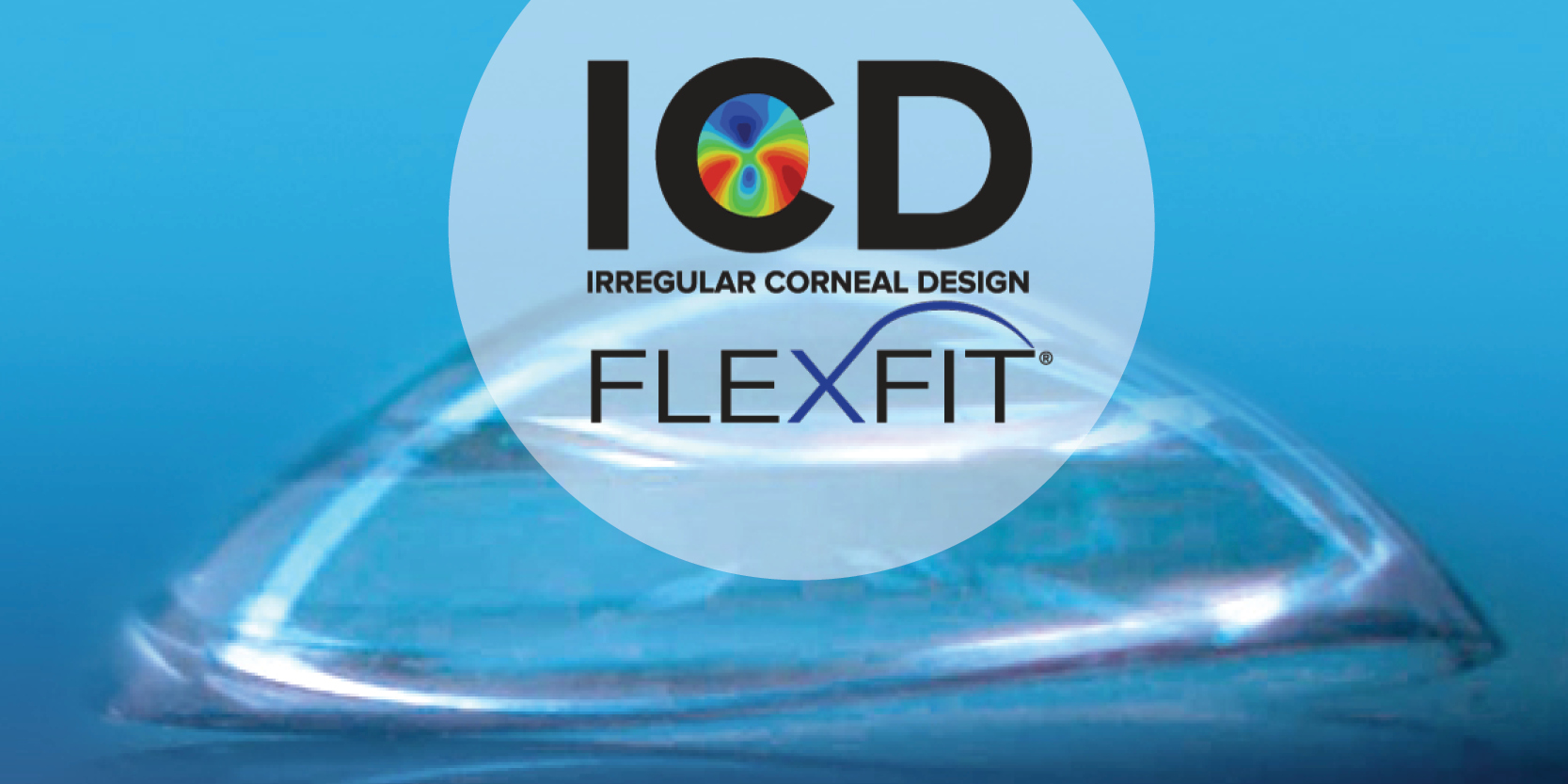
Introduction to ICD FLEXFIT
The ICD FLEXFIT is a unique scleral lens system offering an all-in-one solution for both irregular and normal corneas.
Available in both 16.3mm and 14.8mm diameters, this advanced scleral lens design allows you to “FLEX” in 0.1mm increments across a wide diameter range for a custom fit.
The ICD FLEXFIT is designed as a 4-zone lens featuring Auto-FLEX technology to easily make increment adjustments to the vault or landing, while auto-adjusting the sagittal depth exactly to your patient’s cornea.
Even the most challenging patients can look forward to receiving a perfect fit with ICD FLEXFIT.
Although both diameters are fit with the same philosophy, let’s focus on the more frequently used larger 16.3mm lens, which is fit using this 9-lens diagnostic set.
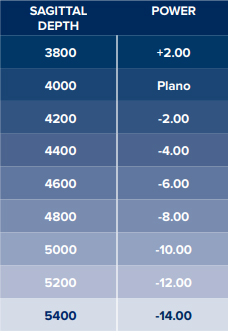
It is based upon a 7-step fitting system.
- Select the initial Dx lens. The initial Dx lens choice is based on ocular Sag. For normal depth eyes begin with the 4000µm lens. For median depth use the 4400µm lens, while with high depth eyes such as advanced keratoconus consider the 4800µm lens.
- Apply the Dx lens
- Evaluate the Central Corneal Clearance
- Evaluate the Full Corneal Clearance and measure the Vault
- At 20-30 minutes after the Dx lens application, evaluate the vault relationship of various zones
- Determine the lens power to order with a sphero-cylindrical over-refraction
- Order the lens from ABB Optical Group providing Sag of ICD FLEXFIT diagnostic lens, Diagnostic lens power, Spherical over-refraction, and Modifications to various zones (PCCZ, LCZ, SLZ)
Adjustments in clearances are best accomplished by increasing or decreasing the PCCZ (peripheral cornea) and/or the LCZ (limbus) depending on where the change is required. Adjustments can be made in steps of 25 microns.
Example: 4 steps = 100 microns
Any adjustment to these zones will affect the overall sagittal depth of the lens by the amount of the change.

Changes in diameter can be made and the Auto-FLEX feature will maintain Apical Clearance.
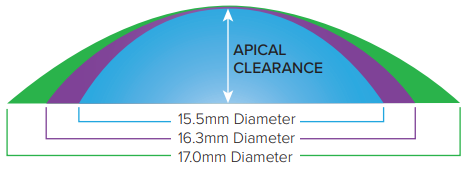
Front surface torics are available as well for correcting residual or lenticular astigmatism.

